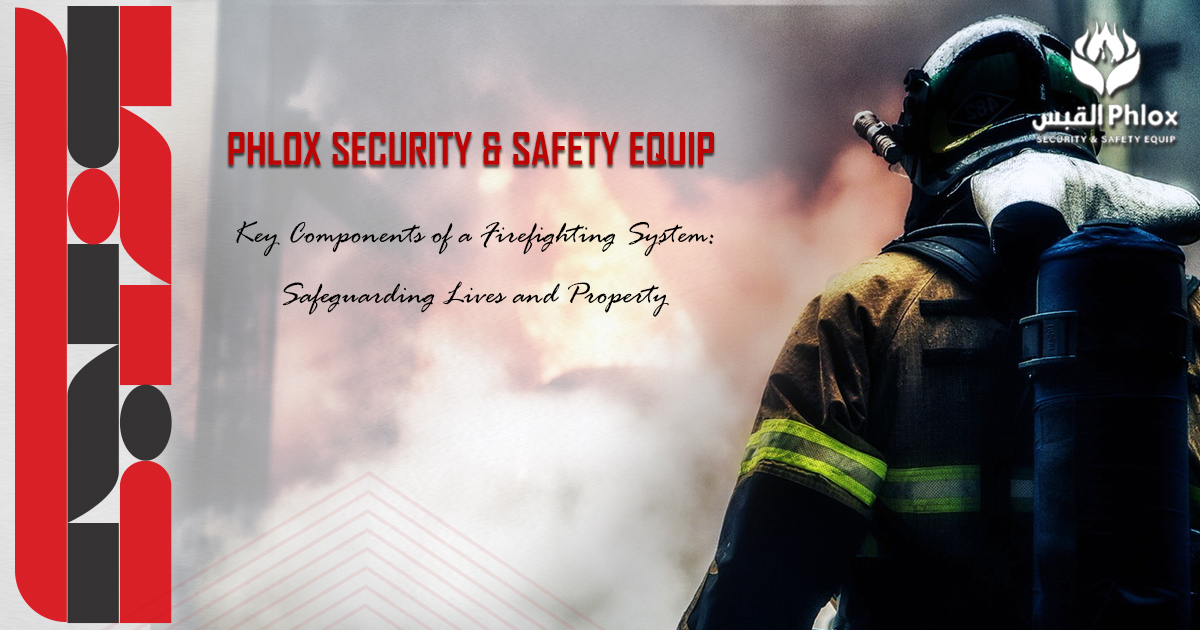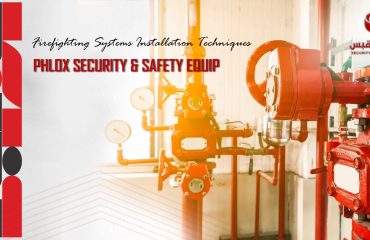
Key Components of a Firefighting System: Safeguarding Lives and Property
Firefighting systems play a crucial role in safeguarding lives and property by swiftly responding to the threat of fire. Understanding the key components of these systems is essential for effective fire prevention and management. Here, we delve into the core elements that constitute a robust firefighting system.
Fire Alarms:
Fire alarms serve as the first line of defense, providing early detection of potential fire hazards. These systems utilize various sensors to detect smoke, heat, or flames, promptly alerting occupants and emergency services. Timely notification is critical in preventing the escalation of a fire.
Sprinkler Systems:
Sprinkler systems are vital for controlling and extinguishing fires, especially in commercial and industrial settings. These systems release water or other extinguishing agents when a predetermined temperature is reached, effectively suppressing the fire and minimizing damage.
Firefighting System Extinguishers:
Portable and versatile, fire extinguishers are essential for immediate response to small fires. Class-specific extinguishers address various types of fires, including those fueled by wood, paper, flammable liquids, electrical equipment, and metals. Understanding the proper use of extinguishers is crucial for effective firefighting.
Emergency Lighting:
In the event of a fire, power outages are common. Emergency lighting ensures that escape routes remain illuminated, aiding safe evacuation. These lights are equipped with battery backup systems to provide reliable illumination during emergencies.
Fire Suppression Systems:
Beyond water-based systems, specialized fire suppression systems employ gases or foams to extinguish fires without causing water damage. These systems are particularly valuable in environments sensitive to water exposure, such as data centers or archives.
Firefighting System Doors and Dampers:
Fire doors and dampers are designed to contain and compartmentalize fires, preventing their spread within a building. These components are integral to creating fire-resistant barriers, allowing occupants to evacuate safely while minimizing property damage.
Understanding and integrating these key components into a comprehensive firefighting system is paramount for enhancing overall fire safety. Regular maintenance, employee training, and adherence to safety protocols further contribute to the effectiveness of these systems, ensuring a swift and coordinated response to potential fire threats.





